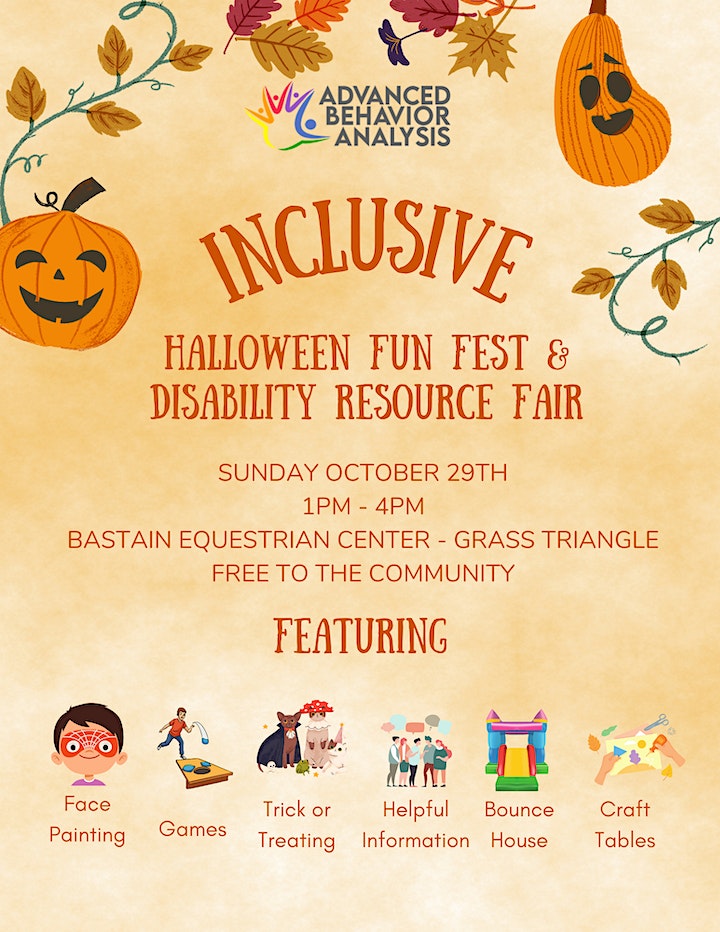
Trick-or-Treating Tips for Parents
Trick-or-treating with a child who has a disability can be a wonderful and inclusive experience. Here are some tips to make it enjoyable and safe for everyone involved:
- Choose a Comfortable Costume: Select a costume that is comfortable and appropriate for your child’s needs. Consider sensory-friendly costumes and clothing that won’t cause discomfort.
- Plan the Route: Choose a route that is accessible and manageable for your child. Avoid areas with uneven terrain or long distances if it’s challenging for them.
- Practice Beforehand: If your child is using a mobility aid like a wheelchair or walker, practice navigating the costume and mobility device in advance to ensure a smooth trick-or-treating experience. Also consider asking a neighbor if you can do a mock trial beforehand so your child can get comfortable going to the door.
- Safety First: Ensure that your child’s costume has reflective elements or add reflective tape to make them visible in low-light conditions. Carry flashlights or glow sticks for added safety.
- Trick-or-Treat Early: Start trick-or-treating early in the evening when it’s still light outside and the neighborhood is less crowded. This can help reduce sensory overload and anxiety.
- Set Realistic Expectations: Understand your child’s limits and set realistic expectations for the amount of time you’ll spend trick-or-treating. It’s okay to take breaks or call it a night when your child feels tired or overwhelmed.
- Communicate with Neighbors: Inform your neighbors in advance about your child’s disability and any specific needs or accommodations. Many will be happy to assist and may offer alternative treats if necessary.
- Bring Snacks and Water: Have some snacks and water on hand in case your child needs a break or a quick energy boost during the outing.
- Use a Visual Schedule: Create a visual schedule or a social story to help your child understand the sequence of events on Halloween night, from getting dressed to trick-or-treating and returning home.
- Have a Communication Plan: If your child has limited verbal communication, consider using alternative communication methods or devices to help them express their preferences and needs.
- Join Inclusive Events: Check if there are inclusive or sensory-friendly Halloween events in your community. These events often provide a more accommodating environment for children with disabilities.
- Respect Sensory Needs: Be mindful of sensory sensitivities. Bring noise-canceling headphones or other sensory tools if your child is sensitive to loud sounds or crowds.
- Choose Allergen-Friendly Treats: If your child has food allergies or dietary restrictions, consider carrying allergen-friendly treats or a “trick-or-treat” bag for neighbors to fill with safe goodies.
- Enjoy Non-Candy Alternatives: Encourage your child to enjoy the fun of Halloween beyond just candy. Look for houses that give out small toys, stickers, or other non-food items.
- Celebrate at Home: If going out is too overwhelming, create a special Halloween experience at home with themed activities, movies, and treats.
Remember that every child is unique, and it’s important to prioritize your child’s comfort and well-being. Halloween should be a fun and inclusive experience for all children, regardless of their abilities.
Join an upcoming FREE inclusive Halloween fun fest and disability resource fair for families! See flyer below







